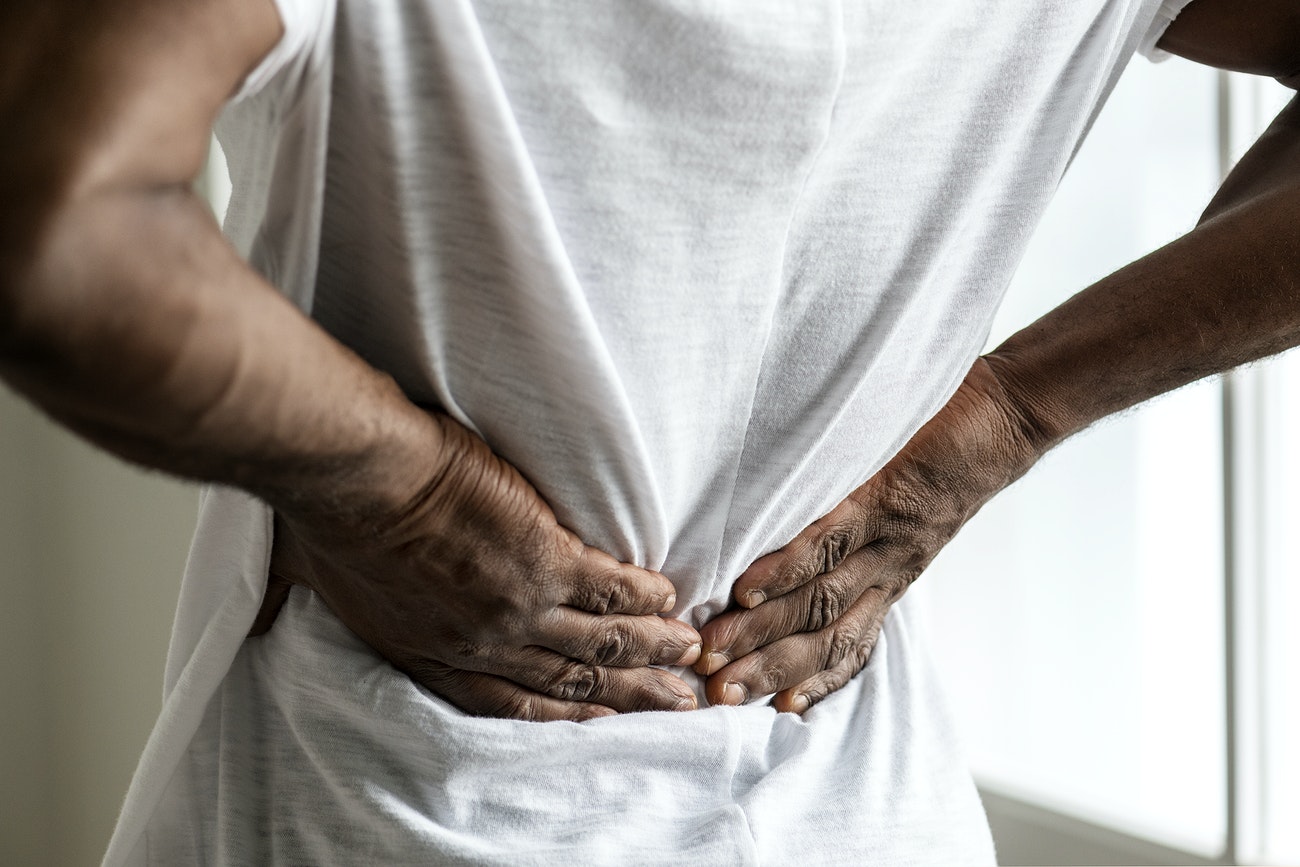
Here is a list of the most common misconceptions I hear in the clinic in regards to Lower Back Pain. Below I’ve busted these myths to give you the truth about back pain:
- “It’s genetic”
- “I’ve always had a “bad” back and there’s nothing I can do about it”
- “Rest is best”
- “I shouldn’t lift weights”
- “The worse the pain, the more damage I have done to my back”
- “My spine is “out of alignment”
- “I need to take this pain medication because my doctor told me so”
- “My doctor told me I need a scan”
- “My doctor told me I need surgery”
- “I’ve hurt my back so I need to be careful from now on”
- “I’m really scared about re-injuring my back”
Here’s the truth:
Blaming your “bad” back on your genes is like blaming your parents for being fat. In most cases, it is your environment, not your genetics, that determines whether you experience back pain (or are overweight for that matter). As with losing weight, there are things you can do to take responsibility for your back pain, and ensure that you do not suffer any longer. In fact, in both cases, exercise and making changes to your lifestyle habits will be the best methods for losing weight and curing back pain. How’s that for a double whammy?!
A lot of people believe that they should avoid movement when they injure their back and that bed rest is the best treatment. This couldn’t be further from the truth! Studies have shown that those who rest their back, not only take longer to recover than those who are active, but also have a poorer mentality when it comes to getting back into activity. They believe that pain = damage and the worse the pain, the worse the damage. This belief has been disproven by multiple studies that revealed “bulging” or “herniated” discs in people who experienced no back pain at all. The opposite has also been found to be true, where people with no structural abnormality whatsoever still seem to experience pain.
So no, bed rest and avoiding movement is not the answer; and neither is pain medication, scans or surgery for that matter.
Pain medication is not fixing your back, it is merely masking the messages sent to the brain. In some cases, anti-inflammatory medication may be required to allow the client some relief so that they can move, however, this should not be relied upon and should only be taken for a few days.
As discussed above, scans are not usually necessary in most cases of acute lower back pain and may potentially instill more fear into the client. They do not necessarily correlate well to the extent of the pain and we can usually come to a diagnosis without being exposed to unnecessary radiation. We do a thorough subjective and objective assessment and see if the condition is responding to treatment before deciding whether a scan is warranted. And finally, always get a second opinion regarding surgery! Of course, some surgeons are going to want to operate, that’s what they get paid to do!
But surgery should only be a last resort after an intensive rehabilitation program has been attempted.
One of my biggest pet hates is when someone comes into the clinic and tells me their spine is “out of alignment”. Most likely they have been told this by another health practitioner, which makes no sense at all. Your body is more robust than that! You cannot simply slip in and out of alignment. Unless you have true scoliosis or spondylolisthesis, there is something else going on.
And finally, those who are scared about re-injuring their back, who think they need to be extra careful about what they do and who believe that lifting weights are dangerous are some of the most difficult to convince otherwise. Your back was made to bend, it is a natural human movement! By avoiding certain movements or being over-cautious you are doing more harm than good. Often the movements that hurt us are the ones we need the most work in. It’s a perfect example of the move it or lose it philosophy.
Often, people in sedentary jobs who sit all day and then go straight to the gym and hurt their back doing deadlifts will blame the deadlift for their injury when in fact, deadlifts are the best back strengthening exercise you can do, if done with the correct load and technique. It is more likely that sitting with a flexed spine all day, placing huge amounts of pressure on the discs and weakening the erector spinae muscles is to blame, rather than the deadlifts being the culprit.



